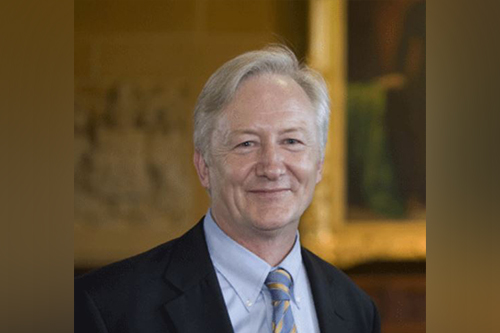
In June, the University of Sydney announced that Provost and Deputy Vice-Chancellor Professor Stephen Garton would step down following the appointment of Professor Barbara Messerle, who will take up her new role in September.
As Provost, Professor Garton has been responsible for the strategic leadership and operational delivery of the University’s academic objectives, and in particular the performance of the University’s six faculties and three schools. Externally, he has also played a key role in representing the University on the global stage.
Below, The Educator speaks to Garton about his decision to leave the position of Provost, his proudest moments in the role and what lies ahead for the University in 2020.
TE: What were some of the factors behind your decision to leave the position of Provost?
SG: It is important for universities, like all organisations, to think about succession planning. Thus after 10 years as Provost it was timely and appropriate for the University to think about a more long term plan for this role. The advantage for me was that I was offered another attractive senior role to continue some of the major projects I’m currently involved in and this would also allow me to support the new Provost in her transition to the University.
TE: Looking back, what are some of the achievements you’re most proud of during your tenure as Provost?
SG: There are a number of highlights – helping the VC drive the first strategic plan was an amazing process of community consultation and culture building. Being asked to rescue the student administration technology project after it ran into serious trouble was a steep learning curve but also a wonderful whole of University effort to rescue the situation (and we did rescue it). Finally the fundamental reform of the faculty structure was a huge effort. This wasn’t just about shifting the deckchairs and changing names, it really involved incredibly detailed work on organisational design, consistency of title, roles, delegations and much else to make us a more legible institution to ourselves let alone the community. This was unglamorous work but transformational for a university like Sydney.
TE: It is clear that the educational landscape is changing rapidly. In your view, what are some of the most significant challenges ahead for Australian universities that are striving to ensure they remain relevant and competitive?
SG: I’ve been involved with universities (as student and staff member) for nearly 50 years. The changes have been extraordinary, even if the fundamentals of good teaching and good research remain paramount. The drivers of change include a significant decline in public funding per student, serious declines in research support, lack of support for infrastructure, and thus the consequent search for new sources of funding (international students, industry funding, philanthropy etc), along with a massive escalation in compliance requirements. Not all of these changes have been bad. Higher education in Australia has become very dynamic and exciting. When put to the challenge universities have been remarkably agile, innovative and entrepreneurial. If only Australians understood better how much universities are adding to the public good.
TE: What are you most looking forward to about your new role as Senior Deputy Vice-Chancellor?
SG: In my new role the opportunity to continue to work on some important projects to keep Sydney at the leading edge of innovation is something very much to look forward to. I have the privilege of working with some amazing professional and academic staff and to be able to continue do that is exciting. And I get the feeling the VC has some interesting challenges to throw my way in a few weeks.


